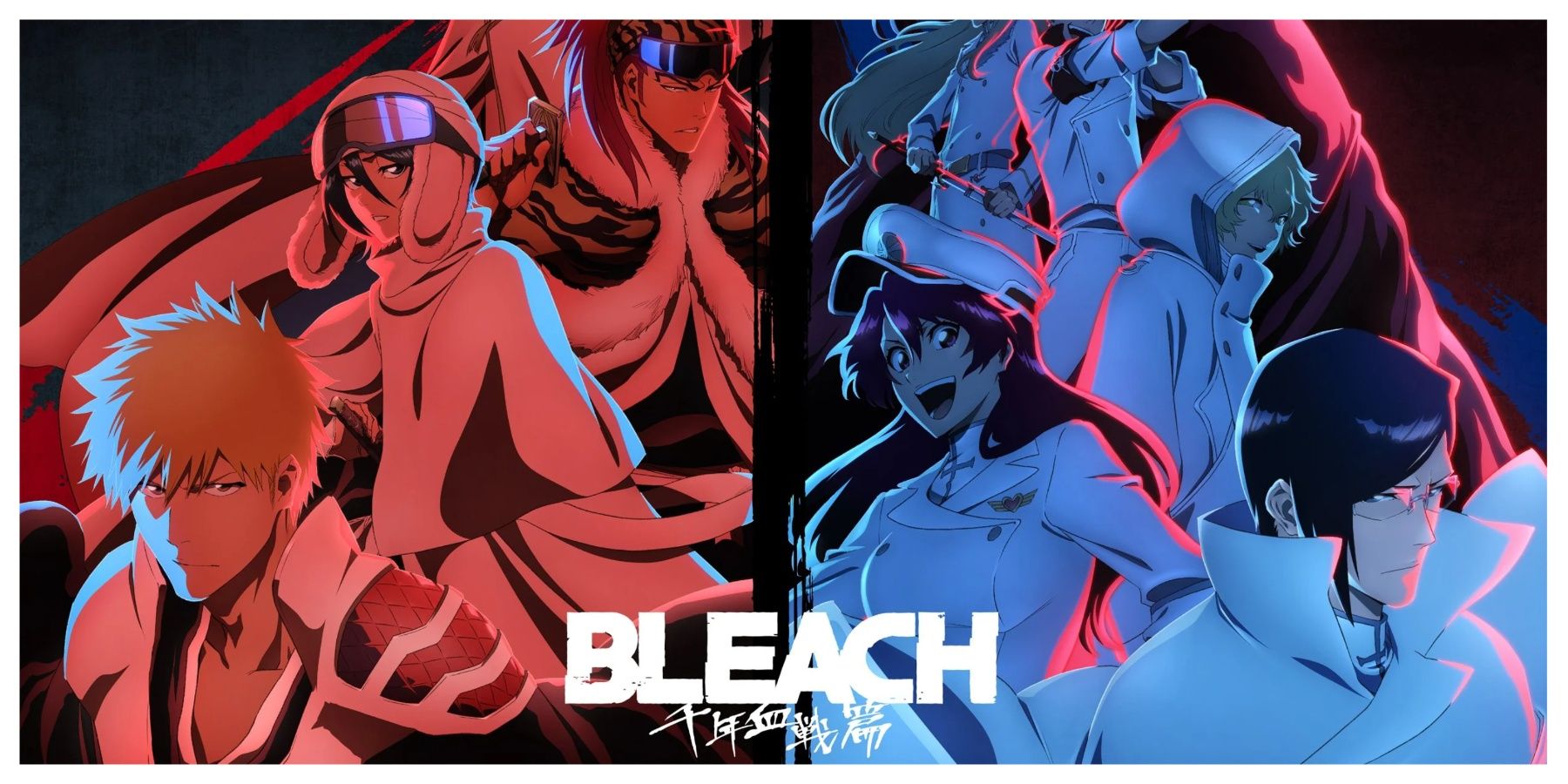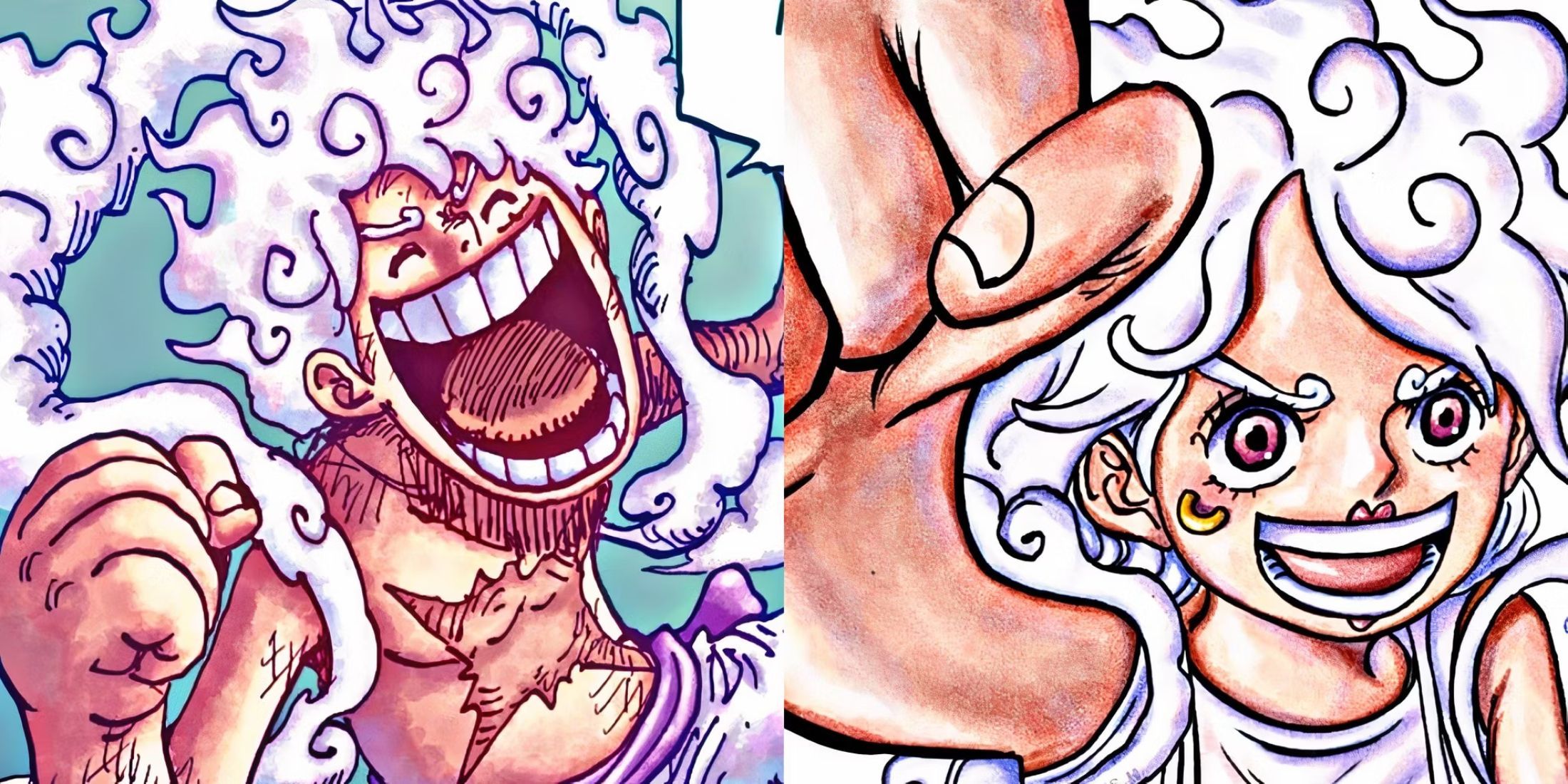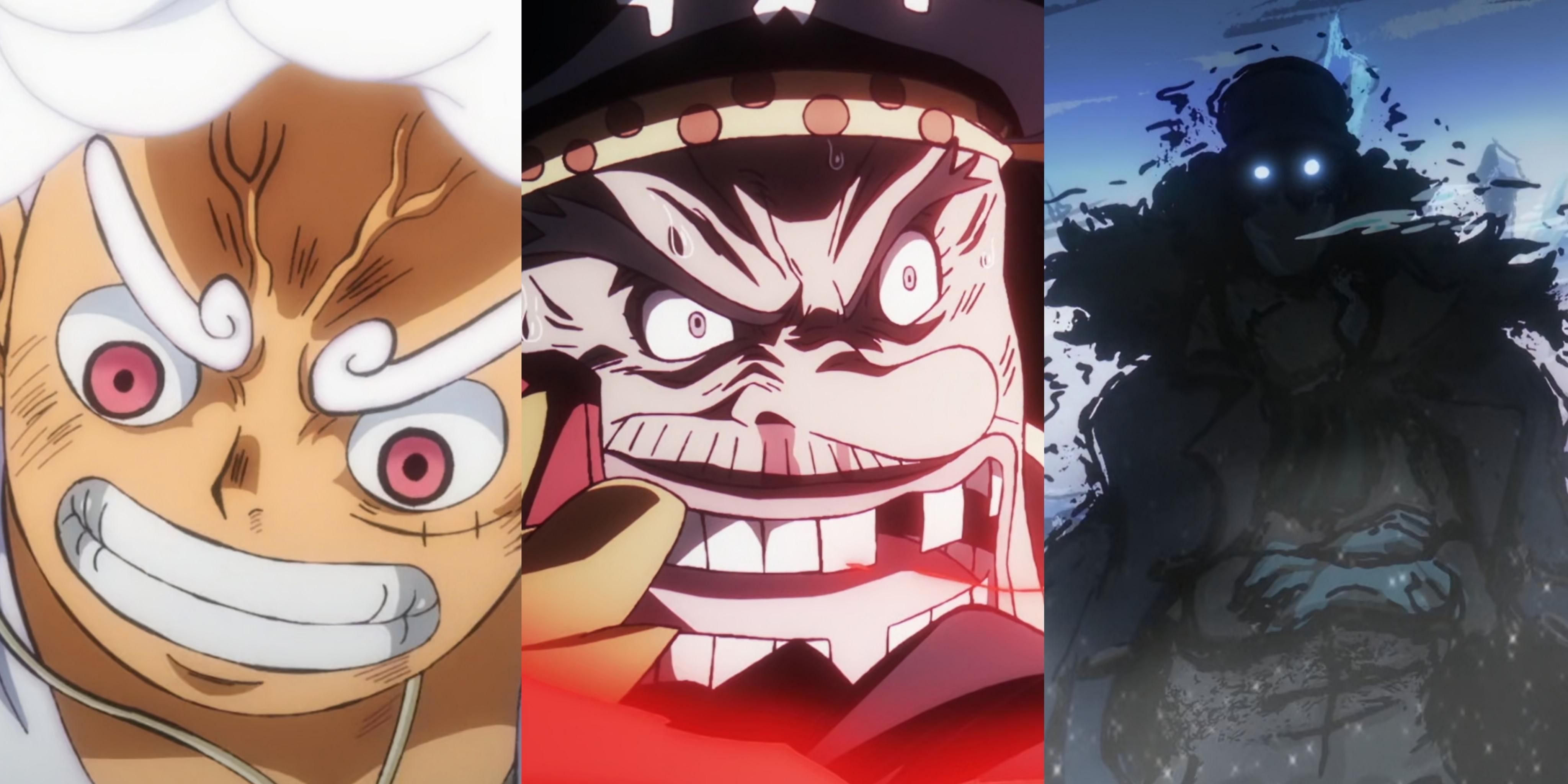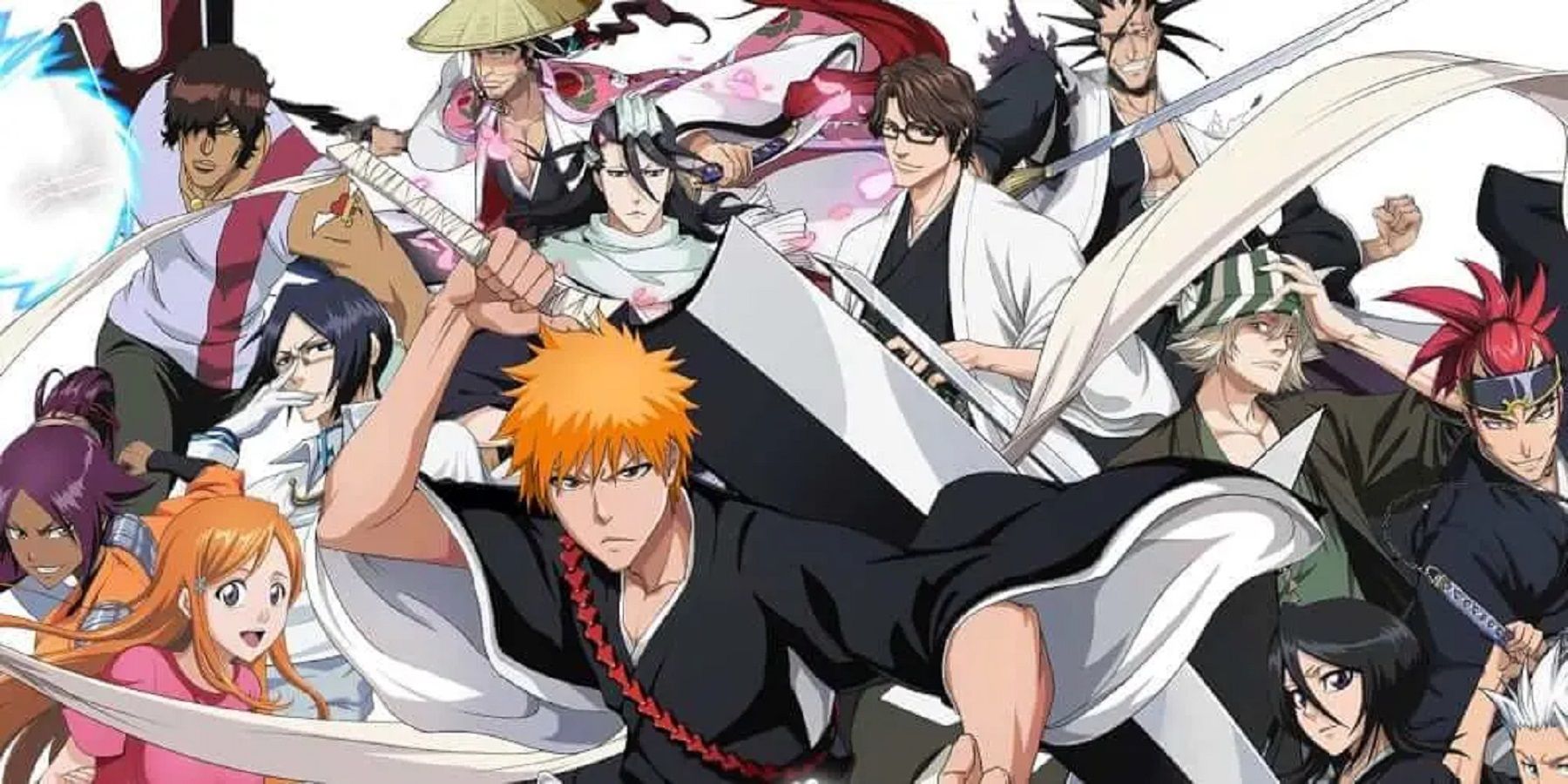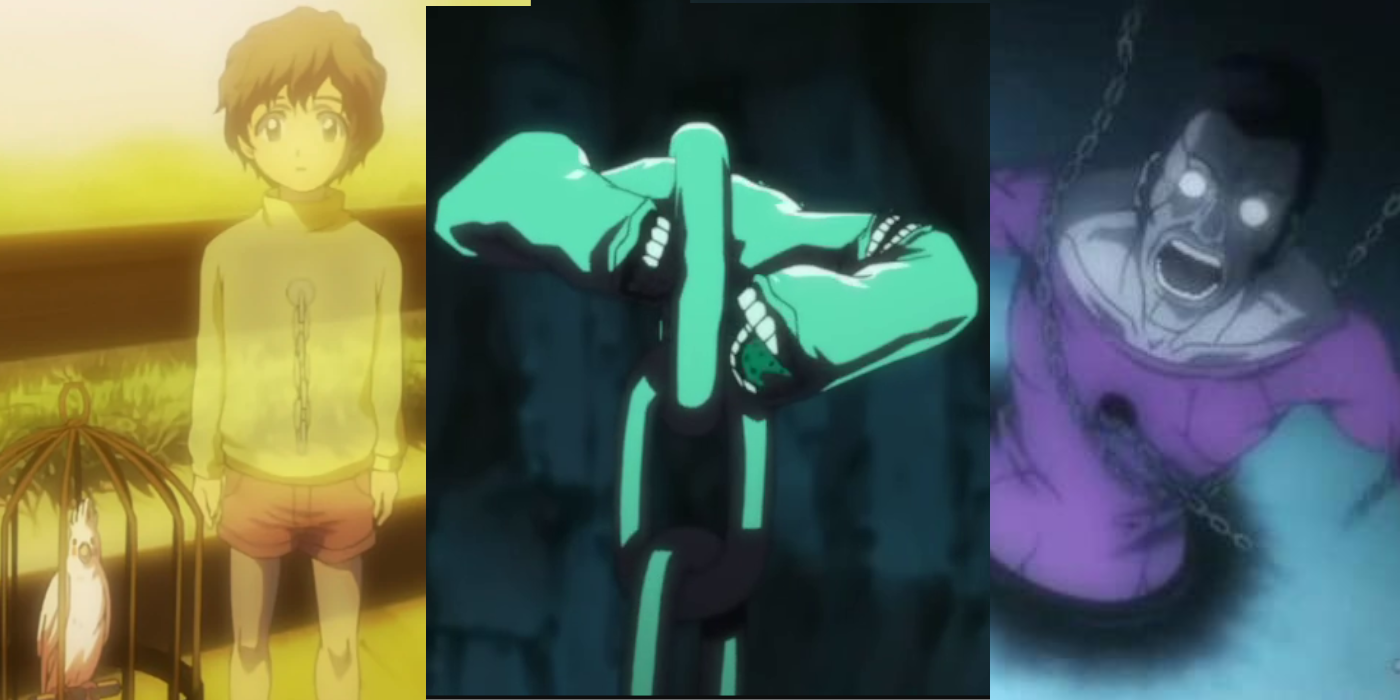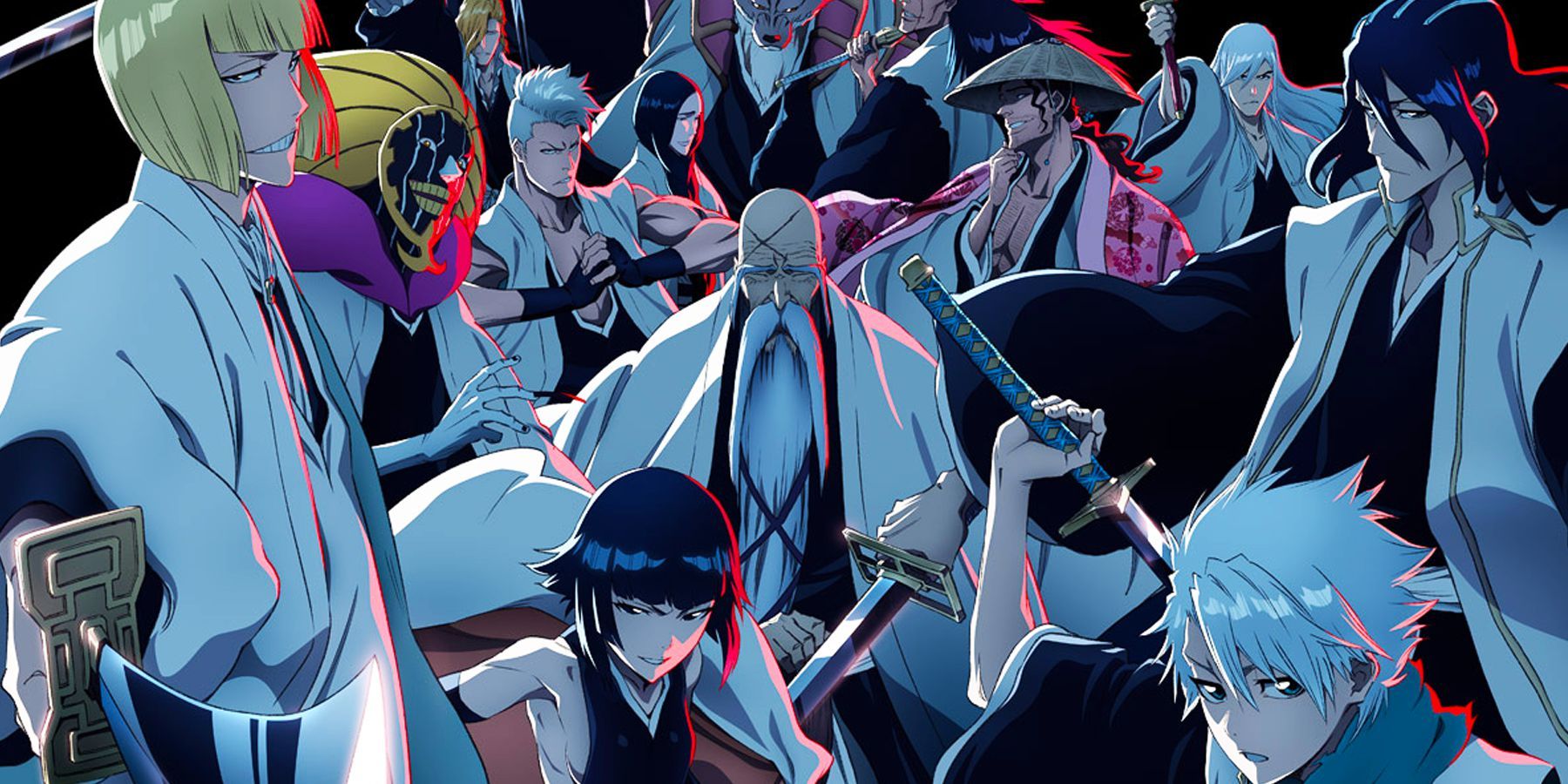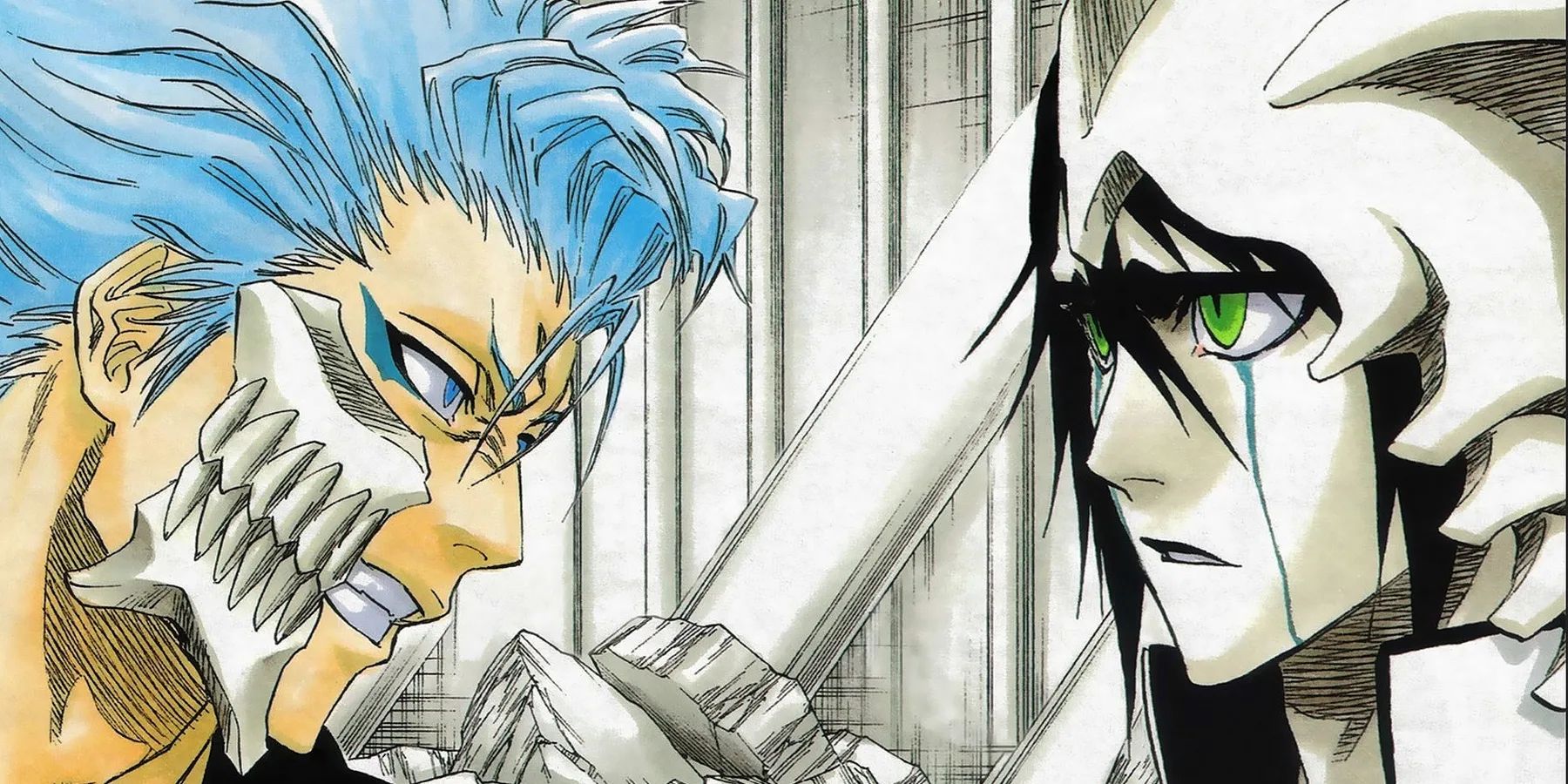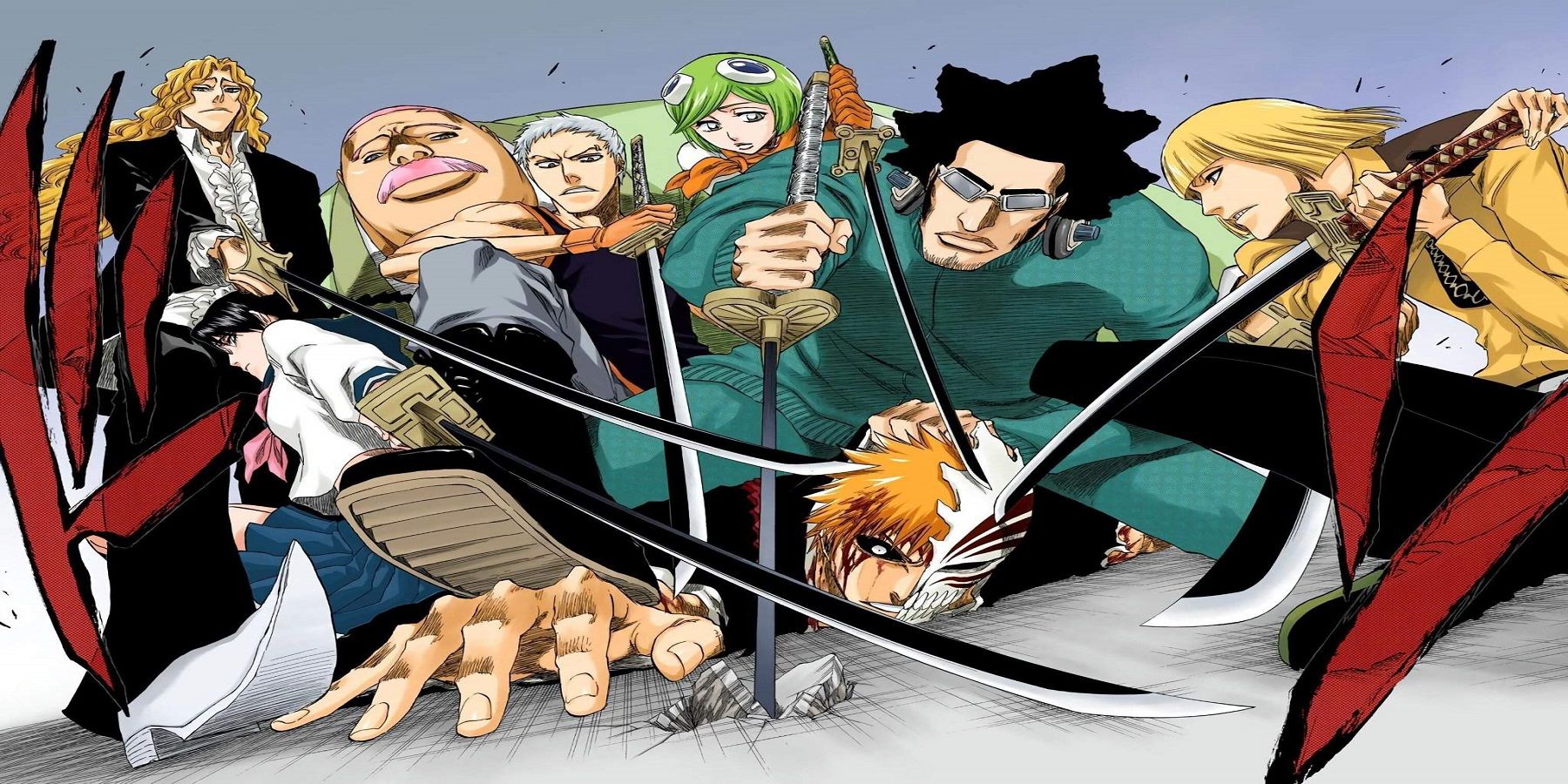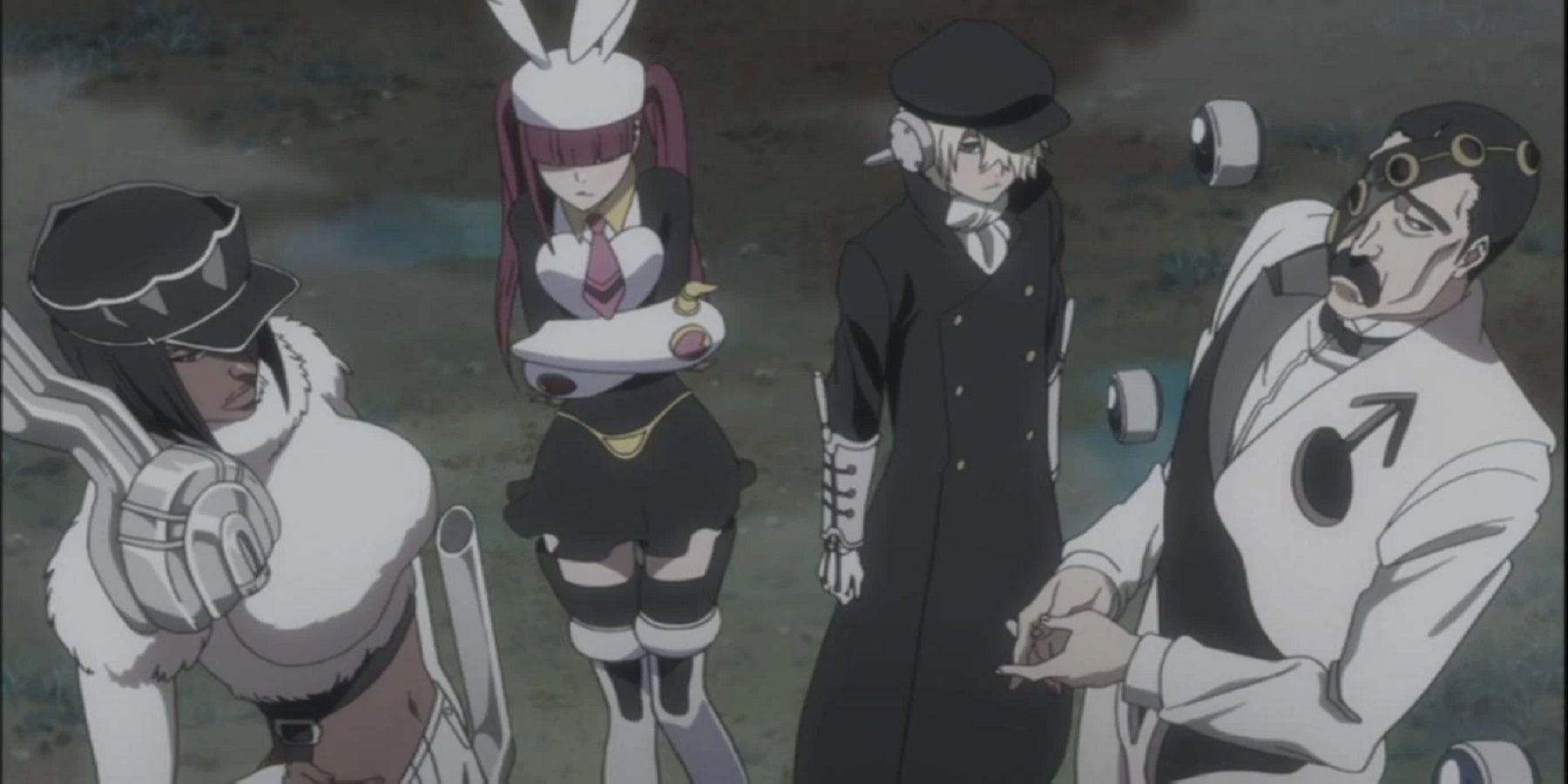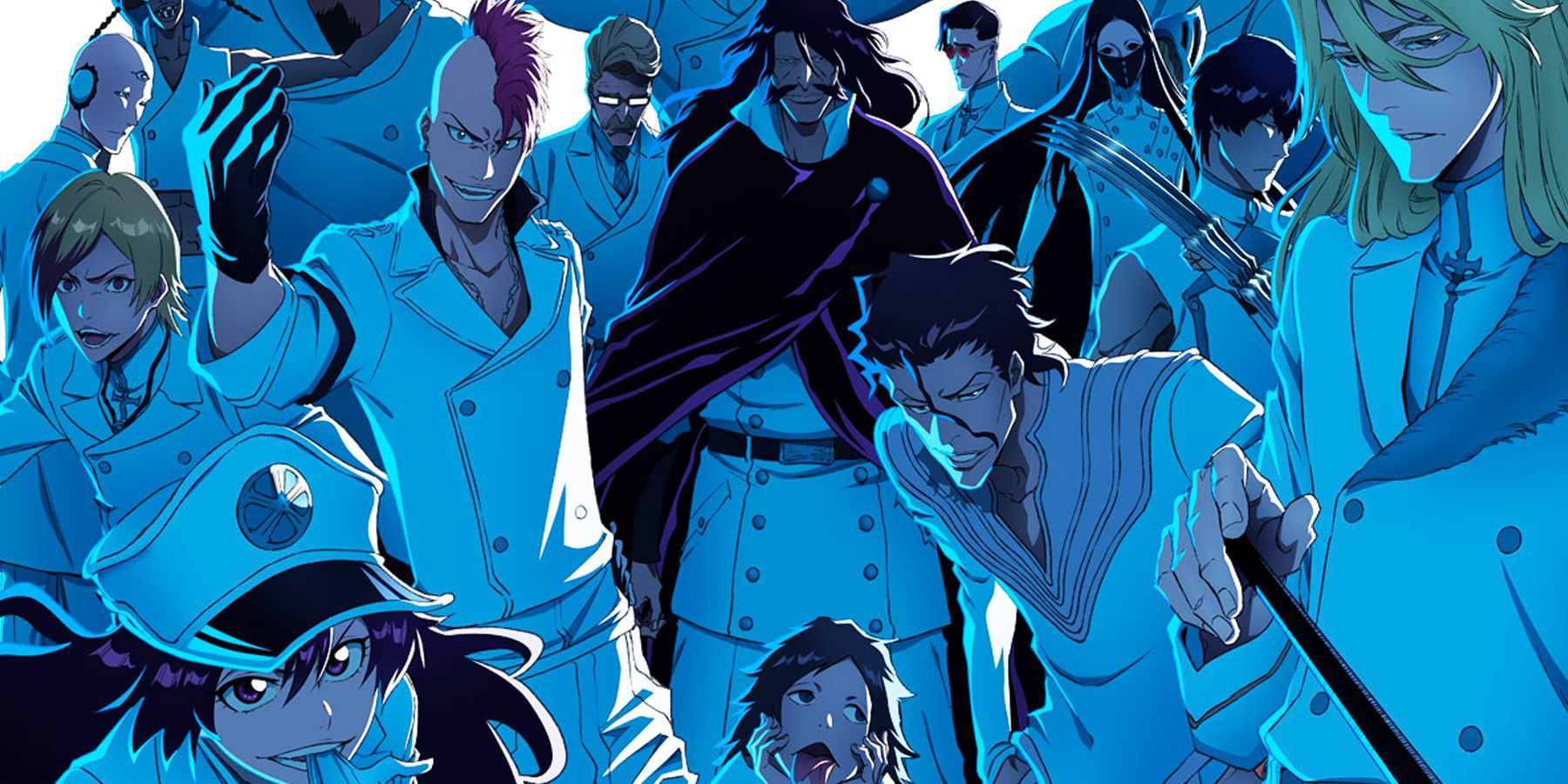The world of BLEACH is a colourful and layered realm that does not get credited enough with its approach to one of the most difficult aspects of storytelling: worldbuilding. The BLEACH universe and story are interconnected and arise from the same place; however, the differences between the factions or races introduced in the universe rely on a device Tite Kubo has used throughout its narrative: language as it is spoken or written.
BLEACH is filled with poetics, wordplay, and uses language as a central marker of difference between the various factions of the universe. How this is done can be explained through a quick glance at each of the major races in the BLEACHverse, and how their assigned language is connected to their influence within the story. Here's how language is an important device in the BLEACH narrative.
The Cycle
One of the most important elements when it comes to the interconnectedness of the races in BLEACH, and how connected the worlds are overall is how the entire premise and all its characters are borne from the events surrounding one thing: the human soul. Humans die, their souls pass over to the soul society and exist there in some capacity; or they are unfortunate enough not to make it over to the other side, they become the evil spirits in the BLEACH universe – the Hollows.
On the other hand, living humans who learned how to manipulate spirit particles or reishi are considered Quincies; while humans who have pre-natal circumstances that feature their mother's close encounter with powerful Hollows become Fullbringers. The soul cycle in BLEACH requires that the souls of the dead be sent over to Soul Society and those of Hollows be purged so that they can also cross over; while the impact of the Quincies destroys this vital balance that keeps the boundaries between the realms in BLEACH intact. The series makes use of English nomenclature for some of the series' most basic concepts, such as Pluses, Hollows and Soul Society to refer to benign human souls; evil spirits; and the afterlife respectively.
Shinigami
The Shinigami, or "Soul Reapers" in the anime's English dub are the franchise's most notable faction, and they are the first organization introduced in the BLEACH series. They effectively police the safe passage of souls into the afterlife, as well as the purging of the souls of Hollows so that they can also go back to Soul Society. Their main language and culture is Japanese, and this is evident in their jargon and nomenclature as well as their dress and customs.
The term "Shinigami" directly translates to "God of Death", which is an outline of their presence as psychopomps in the series. Their most notable abilities, the Shikai – "initial release" and Bankai – "final release" are both Japanese words, while the very structure of the average Shinigami's approach to combat situations consists of four facets known collectively as "Zankensōki" – Zanjutsu, which is combat with the Shinigami's characteristic tool: the Zanpakutō; Hakuda, unarmed combat; Hōhō, which refers to movement techniques in the Shinigami's arsenal; and Kidō, the advanced offensive and defensive spells that require a user with a high spiritual power and proficiency in manipulating their reishi and reiatsu.
Hollows
From the introduction of the series' first Menos Grande, Hollows have always been associated with Spanish in the BLEACH universe. As the series expanded upon Hollows as a concept, the realm presided by Hollows, known as "Hueco Mundo", was introduced, and further along the line, the Arrancar arc saw an even further delving into the Spanish-ness of the Hollows. Like with the other races introduced after them, the Hollows have various concepts that are analogous to those of the Shinigami, with their own set of small differences. Shinigami call their high-speed movement technique shunpo; while the Hollows refer to it as sonido. Since the Arrancar are by definition Hollows that have gained Shinigami powers, these parallels make sense within the universe, especially when it comes to Sosuke Aizen's master plan to transcend the boundaries of Shinigami or Hollow. While the Shinigami headquarters is referred to as the Seireitei; Aizen's base in Hueco Mundo was a location known as Las Noches – The Nights.
In recognition of the Spanish origin of much of the Hollow nomenclature, the signature technique of the Menos Grande-class Hollows, the Cero lends itself to the concept of negation that the Hollows embody, and it is aptly named as its destructive power reduces its target to nothing – zero. The Hollowfied version of the Shinigami's Bankai is a technique Hollows refer to as Resurrección; aptly named for it enables an Arrancar to gain access to their true abilities and form from when they were only Vasto Lordes. It is the Spanish element in the Hollows that also borrowed itself to Chad's self-discovery and allowed the character to come to grips with his origins in a form that was part allegory, part reality. Kubo has reportedly claimed that his reasoning behind setting Spanish as the language for the Hollows is due to his experience of the language being "bewitching and mellow".
Visored
While not a race, per sé, but rather a condition, the Visored are an interesting faction in BLEACH from a linguistic perspective for the simple fact that many of them simply do not speak standard Japanese. Characters like Shinji Hirako, Hiyori Sarugaki and Lisa Yadomaru for instance, all speak Japanese with a distinct Kansai accent. The Kansai region in Japan is of course home to Kyoto, the historical capital of the country and served as such for eleven centuries. Having been high-ranking officers of the Gotei 13 prior to their defection/exile, the fact that members of the Visored speak the Japanese spoken in a region known for its historical legislative significance layering that language offers the BLEACH narrative because on various levels, the members of the Visored are not: standard Shinigami; nor are they still high-ranking Shinigami at the point of their introduction in the story. As such, the Visored speak Kansai-ben because it serves as another way to link them to the Shinigami while also making their differences clear and emphasizing some level of connection to a bygone era. Interestingly, while not a Visored, the former Captain of the third squad, Gin Ichimaru, also spoke with a Kansai accent.
Fullbringers
Again, not a race, but rather a condition, the Fullbringers are a faction introduced after the defeat of Aizen. In that climactic battle, Ichigo made use of a special technique that allowed him to harness the potential of his Zanpakuto at the cost of sealing away his reiatsu forever. The arc begins when a strange man who seems to know all about Ichigo tells him that there is a way for him to get his powers back, through the use of a technique known as a Fullbring. Fullbringers are spiritually aware humans capable of manipulating the soul within objects. Their powers originate from neonatal contact with Hollow reishi, so a Fullbringer is invariably a person whose mother encountered a powerful Hollow during their pregnancy.
Xcution, the Fullbringer faction affiliated with the first Substitute Shinigami, Ginjo Kugo, all had techniques that were English in origin. Ginjo's "Cross of Scaffold" enables him to transform his pendant into a broadsword; Yukio has an ability activated by his handheld game console called "Invaders Must Die", which enables him to create a pocket dimension; and Riruka Dokugamine has her Dollhouse, a powerful ability that enables her to move things of her choosing into and out of whatever she finds cute. While the Fullbrings are diverse, they maintain an English nomenclature, which is interesting considering the emergence of BURN THE WITCH and the West Branch of Soul Society. In BURN THE WITCH, humans live perilous lives threatened by the existence of dragons, the nature of which is not unlike the Hollows in the flagship series. Human beings who interact with dragons for too long accumulate a substance in their bodies known as "Dragotoxin", and if it goes beyond a certain point, it turns humans into something in between humans and dragons – a Dragonclad. This is similar to the Hollow reiatsu exposure origins of Fullbringers, perhaps with different jargon due to the difference in location.
Quincy
The Quincies are a mixed bag of German and Japanese, and the reasons behind this are numerous; however, by the time the Wandenreich comes to declare war on Soul Society, the Quincies are undeniably German. Various techniques employed by Uryu throughout the series have had German names; such as his reishi sword, known as Seele Schneider – "Soul Cutter" (notice how similar that is to Soul Slayer). The original Quincy ultimate move was a dangerous technique known as Quincy: Letzt Stil – "Last Dance". It enabled a Quincy to far surpass their limits in combat at the cost of being completely unable to manipulate reishi for the rest of their lives. Uryu's grandfather, Soken Ishida, was against various forms of research that would lead to the abandonment of ancient Quincy techniques like the aforementioned Letzt Stil, revealing a great rift between Quincies. One of the main separators for the Quincies was lineage: the difference between a Quincy of "pure" blood and one of mixed heritage.
The word Quincy is a Romanization of 「滅却師」, pronounced "kuinshi" – meaning "monk of destruction". This name is apt because it carries with it a religious implication which is apparent in how the Quincies are designed – their white-clad soldiers; their Quincy crosses reminiscent of rosaries; as well as their undying reverence for their "Father" all reinforce the inherent piety that comes with the Quincies as a faction in BLEACH. The name of the Quincy King, Yhwach, is a reinterpretation of the tetragrammaton – the letters Y H W H, which in some Judeo-Christian circles, is the shortened form of the true name of god. Yhwach's broken abilities and ability to assign and take away give more weight to his coding as an almighty entity.

